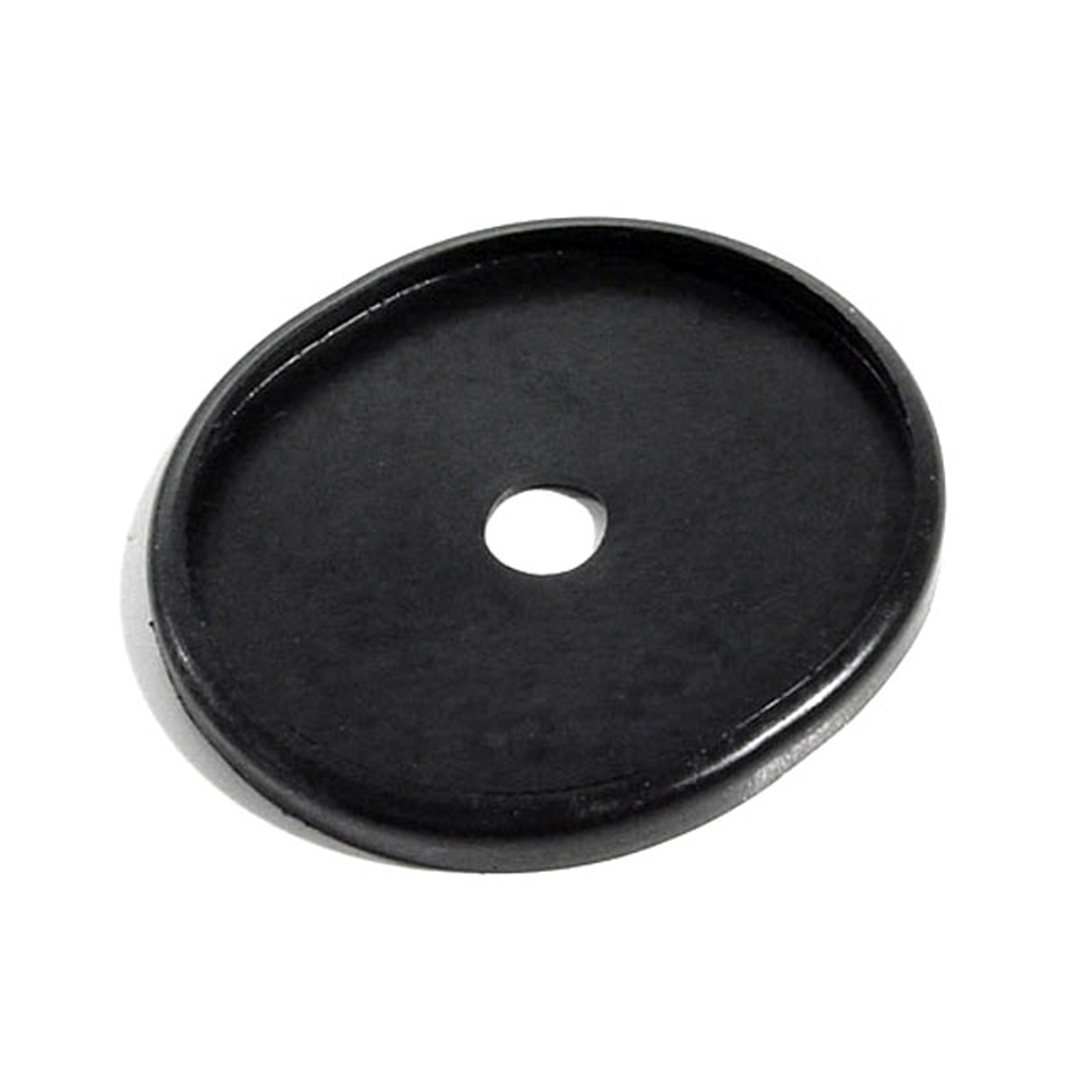Image of 1969 Nissan 510, Note: These illustrations use artistic license and may differ from actual historical models.
Performance Metrics
Fundamental Metrics
Emotional Appeal
MMP Rating
| Engine Specifications | |
|---|---|
| Engine Options: | L-Series I4 |
| Displacement Range: | 1.3L-1.6L |
| Horsepower Range: | 96-109 hp |
| Torque: | 100-110 lb-ft |
| Compression Ratio: | 9.0:1 |
| Ignition System: | Conventional Distributor |
| Cooling System: | Water-cooled |
| Performance Specifications | |
| 0-60 Time: | 12 seconds |
| 1/4 Mile Time: | 18 seconds |
| Top Speed: | 100 mph |
| Transmission and Drive | |
| Drive Type: | RWD (Rear Wheel Drive) |
| Transmission Type: | 4-speed manual, 3-speed automatic |
| Fuel and Efficiency | |
| Fuel System Type: | Carburetor |
| MPG: | 25-30 mpg |
| Dimensions and Brakes | |
| Brakes: | Front Disc, Rear Drum |
| Wheelbase: | 95.3 inches |
| Weight: | 2,000 lbs |
Note: Specifications for classic cars are given to the best of our ability, considering the limited and variant data available.
Introduction
The 1969 Nissan 510, also known as the Datsun 510 in North America, is a testament to the ingenuity and forward-thinking of its era. Born from the vision of Nissan's then-president, Yutaka Katayama, this vehicle was designed to offer an affordable yet spirited driving experience. Its introduction into the market marked a significant shift in consumer expectations for compact sedans, blending performance with practicality. The 510's rally pedigree, particularly its underdog victory in the East African Safari Rally, cemented its place in automotive lore and sparked a loyal following that endures to this day.
Design and Innovation
With sleek lines and a poised stance, the exterior of the Nissan 510 exuded a sporty elegance uncommon in its class. The car's design was influenced by European styling, which was evident in its clean and simple lines. Inside, the 510 offered a surprisingly spacious interior for its size, with an emphasis on functionality. The quality of materials reflected its economy car status but was considered well-appointed for the price point. Technologically, it featured independent suspension all around—a rarity among its competitors—and disc brakes at the front. Color options ranged from vibrant to subdued, with hues like Sunshine Yellow and Blue Metallic catching buyers' eyes. The two-door sedan became an iconic body style, though four-door sedans and wagons were also available.
Historical Significance
The Nissan 510's impact on automotive design was profound. It challenged the notion that economy cars had to be uninspired 'appliances'. It set a new standard for what could be expected from an affordable vehicle—sporty performance combined with everyday usability. This philosophy would go on to influence countless models in the future.
Performance and Handling
The heart of the 1969 Nissan 510 was its 1.6-liter L-series I4 engine, which delivered around 96 horsepower—a respectable figure for its time. With a top speed of approximately 100 mph and capable of reaching 0-60 mph in about 12 seconds, it offered spirited performance that belied its humble origins. On winding roads or when navigating through traffic, the car's handling was nimble and precise, thanks largely to its advanced suspension system. Drivers often remarked on the visceral connection felt through the steering wheel and pedals—a symphony of mechanical harmony that made every journey exhilarating.
Ownership Experience
The Nissan 510 served many roles—from a reliable daily driver to a weekend track warrior. Its robust engineering meant maintenance was straightforward, making it an ideal choice for enthusiasts who liked to tinker under the hood. Parts were readily available and affordable, further enhancing its appeal as a practical classic.
Fun Facts
This plucky sedan has been owned by celebrities and has even been transformed into coveted BRE (Brock Racing Enterprises) editions for racing enthusiasts. While not known for breaking speed records, it broke expectations and became an icon of Japanese engineering prowess.
Collector's Information
Today, the value range for a well-maintained 1969 Nissan 510 can vary widely depending on condition and originality. Estimates suggest that tens of thousands were produced, but exact figures are elusive due to their global distribution and several variants. In terms of appreciation, well-preserved examples have seen a steady increase in value over recent years due to their cult status among collectors and classic Japanese car enthusiasts.
Conclusion
The 1969 Nissan 510 stands as a paragon of accessible performance and enduring design. Its legacy is not just found in the pages of automotive history books but continues on the roads today with enthusiasts who cherish this classic gem for all it represents—innovation, reliability, and sheer driving pleasure.
1969 Nissan 510 Catalog of Parts
 1969 Nissan 510 Antenna Pad. 2-1/8" O.D. Each-MP 501Antenna Pad. 2-1/8" O.D. Each
1969 Nissan 510 Antenna Pad. 2-1/8" O.D. Each-MP 501Antenna Pad. 2-1/8" O.D. EachWhy Choose Metro?
For over 100 years, Metro Moulded Parts has been the pinnacle of quality in classic car restoration parts. Our commitment to precision and authenticity in every component ensures a perfect fit and an OEM-level appearance.
- Expert Craftsmanship & Quality: Each part is a testament to our dedication to reliability and perfection, crafted from original designs and thoroughly tested.
- Advanced Technology: We use cutting-edge techniques to create flawless, long-lasting parts that surpass others in performance.
- SuperSoft Sponge – The Ultimate Door Seal: Not only are our door seals 30% softer than competitors', but they're also guaranteed to never leak. They effectively reduce wind and road noise, enhancing your classic car's comfort and driving experience.
- Proudly American: Our parts are a product of American craftsmanship, made in the USA with a spirit of excellence and heritage.
- Unrivaled Warranty: We back our products with a 30-year industry-leading warranty, a testament to our confidence in their quality.
Join us in preserving the legacy of classic cars with parts that are crafted for perfection, not just made.

